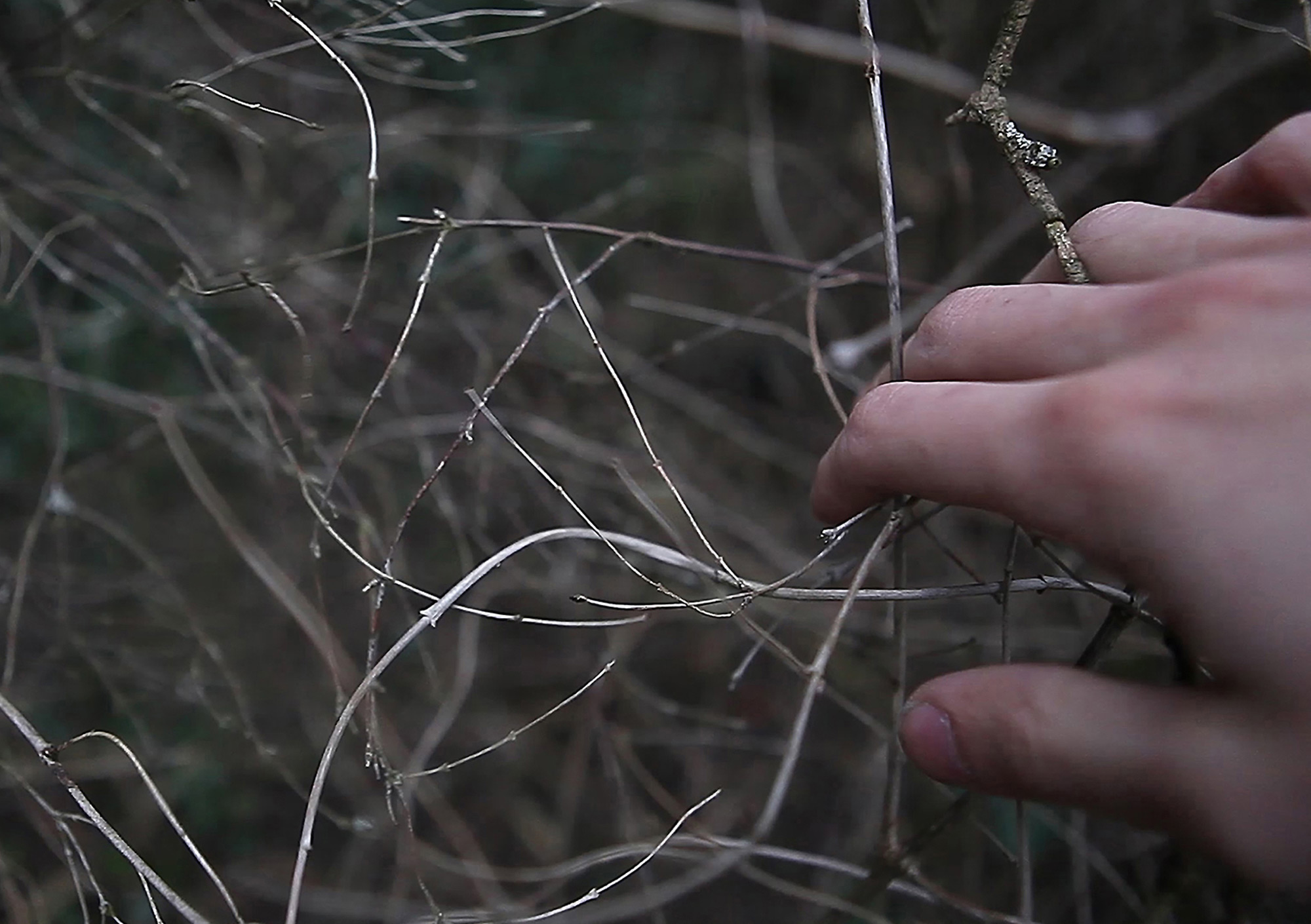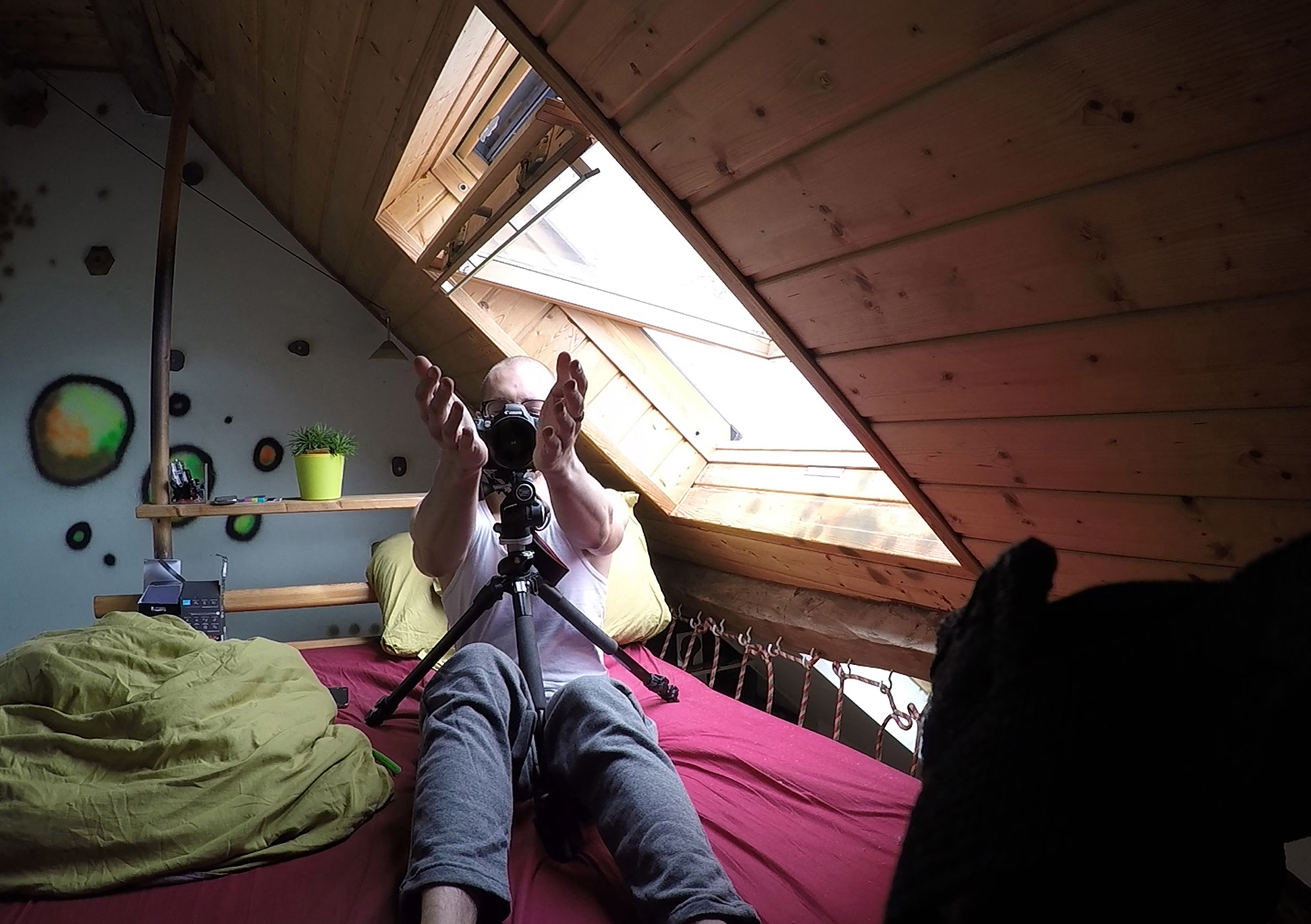Visuelle Kommunikation
Master
Timo Weis
Myopia – the Other Way of Seeing



Ever wonder what it looks like to have bad eyesight?
Well I don`t, because I have been used to wearing glasses ever since I was very young because I am myopic. The term of myopia comes from ancient Greek and literally means “trying to see like a mole”. In theory, the image that one sees when looking at a distant object is out of focus, but in focus when looking at a close object (hyperopia or long-sightedness is the opposite ametropia or defect of vision). The eye does not bend or refract light properly to a single focus to see images clearly.
When researching the topic of myopia via books or the World Wide Web, you can find a lot of photographs or similar media trying to recreate the out and in-focus effect. So what is my work all about, if you can already find visual interpretations of the topic of myopia? Researching this topic, I found that you very rarely read about the positive aspects of being myopic. After all, it is an eye-focusing disorder, not an eye disease or other cerebral dysfunction.
In visual communication, especially in photography, one of the most important criteria is the choice of a focussed versus an out-of-focus approach. Who does not like to see pictures of their loved ones in focus with an out-of-focus background? To me, or anyone else wearing glasses, taking them off is like looking through the viewfinder of a camera with infinite storage space (brain).
Your eyes are the lens and your body is focussing. Whenever your vision is blurred, you tend to focus more on your senses, e.g. the noises of your surroundings.
Seeing things blurred can also be very annoying and sometimes even dangerous. It is a burden, especially when your first gesture in the morning is to put on your glasses (or contact lenses) and, vice versa, when you go to sleep. However, when you research bad eyesight, you rarely read about the fear of loosing your eyesight. Which can be the fear of the continuing loss of eyesight due to ageing or simply through accidentally losing your glasses or contact lenses.
Those positive or negative aspects of myopia were my motivation to try and visualize my own experiences. I have a strong need to show my work as feeding my creative processes. I have to consider that my specifically reduced vision of the surrounding world finally represents the bank of savings enabling me to create. I do not want to perfectly recreate myopia but to provide viewers with a different and personal approach. I tend to consider my eyes as a double-sided permissive mirror, with one side reflecting the outer world and the other one reflecting my inner world, enabling my hands to push the recording button. The personal goal of my thesis is to make my work easy to understand and self-explanatory. I hope it will help people with good eyesight to better understand myopia using a visual strategy, which I shall direct for them; but also for all those with bad eyesight, the better to understand their own vision. And for all the people wanting to risk laser eye surgery to carefully think about what you might gain or lose.
Timo Weis
weistimo85@gmail.com
Institut Visuelle Kommunikation, FHNW HGK, Freilager-Platz 1, CH-4023 Basel
+41 61 228 41 11, info.vis_com.hgk@fhnw.ch, www.fhnw.ch/hgk/ivk



